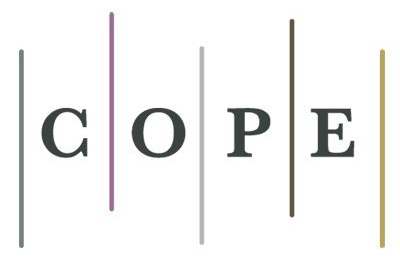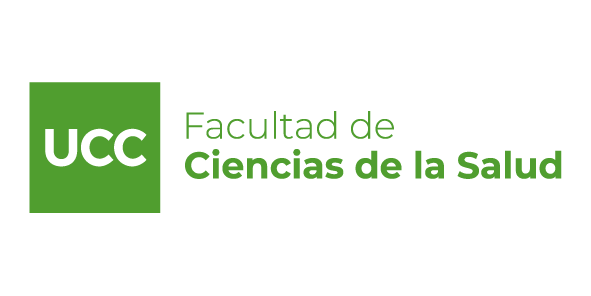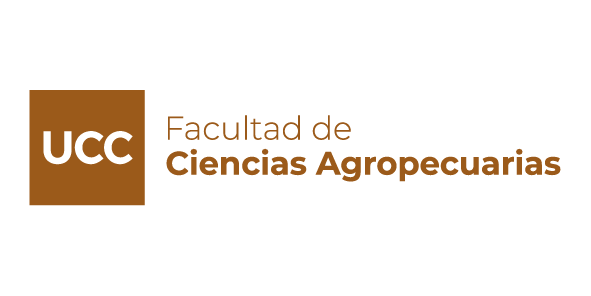Diagnostic accuracy of ultrasonography for diagnosing differentiated thyroid cancer
Keywords:
Thyroid neoplasms, ultrasonography, thyroid nodules.Abstract
INTRODUCTION: Differentiated thyroid carcinoma is the most prevalent endocrine neoplasm. In
Argentina, it represents 2.2% of all cancers that occur annually in women while in men it corresponds to
0.5% of the total cases detected. Ultrasound is the initial screening method for thyroid nodules and fine
needle aspiration cytology (FNA) is the confirmatory test for the most appropriate diagnosis and treatment.
However, there is a limitation due to intra and interobserver variability in imaging and cytopathological
studies.
OBJECTIVES: To determine the diagnostic accuracy of the ultrasonographic features for the diagnosis od
thyroid nodules malignancy. To determine the cut-off value of the number of ultrasound suspicious criteria
for malignancy that shows the best balance of sensitivity / specificity for diagnosing thyroid carcinoma.
PATIENTS AND METHOD: This is an observational, retrospective, diagnostic test study that included
adult patients with ultrasound and aspiration punction of nodules suspicious of malignancy. The sensitivity,
specificity, positive and negative predictive values of the presence of at least one positive ultrasound
criterion for malignancy were evaluated, taking the histopathology results as a gold standard. Likewise, it
analyzed the cut-off value of the number of ultrasound criteria that shows the best sensitivity / specification
ratio.
RESULTS: Data from 223 patients (56%) were included. Of these, 179 (81%) were female, with a mean
age (standard deviation - SD) of 43.49 (13.03) years. Among patients with benign pathology, 65 (52%)
cases resulted in follicular adenoma (most frequent pathological finding). Ninety nine (45%) patients had
a diagnosis of differentiated thyroid carcinoma. Seventy six (77%) were female with a mean age (SD) of
40.36 (12.48) years. The mean (SD) of the tumor size was 20.35 (13) mm. Ninety five percent were
papillary CDT whose most frequent variant was the classic one with 72 of 94 (73%) cases. The mean (SD)
of suspicious ultrasound criteria in the group of patients with malignancy was 2.10 (1.22), for the group of
patients with benign results it was 1.36 (1.08) (p <0.001). The sensitivity of the ultrasonographic criteria
suspected for malignancy for the diagnosis of differentiated thyroid cancer was higher for the
hypoechogenic criterion (0.7) and the specificity was higher in the following criteria: taller than wide,
microcalcifications, irregular borders, perinodular invasion and adenopathies. The cut-off value of the
number of ultrasonographic criteria suspicious of malignancy that showed the best sensitivity / specificity
balance for diagnosing thyroid cancer calculated was 2.
CONCLUSION: Ultrasound is the initial screening method for thyroid nodules. Although some ultrasound
criteria are more sensitive for the diagnosis of thyroid cancer than others, the diagnostic accuracy of the
method increases as the number of suspicious features detected increases.




















